Pustków – Osiedle
As the Waffen-SS grew, so did the need for military training areas. At Pustkow – Osiedle, about fourty kilometres west of Rzesow in south-eastern Poland, the Polish army had had a military training area which was taken over by the SS in June 1940. The local population in the area was forcibly relocated and the camp was put under SS leadership. It began to expand quickly and underwent several name changes before it was named, SS-Truppenübungsplatz Heidelager, in March 1943. The area consisted of four ring roads (Ring I – IV) around which military barracks and administrative buildings were built. In addition to military buildings, there were also cinemas, post offices, restaurants/dining rooms, casinos and brothels. In Pustkow, for instance, the Ukrainian 14th Waffen-SS division, Galicia, was formed and trained.
The military cadets also participated in massacres of Jews in and around Pustkow. In November 1943, about 2,000 Jews from the Szebnie camp (about sixty kilometres south of Pustkow) were murdered in Dubrocowa. In September 1943, SS chief, Heinrich Himmler, visited Heidelager. About ten kilometres northeast of Pustkow, at a site called Blizna, the germans in 1943 set up a training ground for test launching of V1 and V2 rockets. The military training area came to serve as a cover for the test launchings. Just south of the ring roads, a labor camp was established in October 1940 for russians, poles and Jews. They came to be used as slave labor wherever slave labor was needed. In summer 1944, as the Soviet Red Army approached, the military training ground and the labor camp were evacuated. During the camp’s existence, around 7,500 Jews were murdered/died, around 5,000 Soviet prisoners of war and around 2,500 poles.
Current status: Demolished with museum (2015).
Location: 50° 06' 00" N 21° 31' 10" E
Get there: Car.
Follow up in books: Barker, A.J.: Waffen-SS at War (1982).

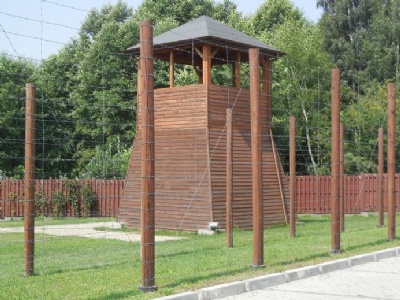
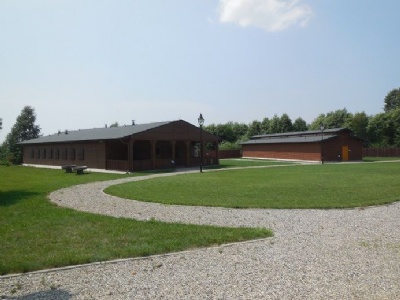
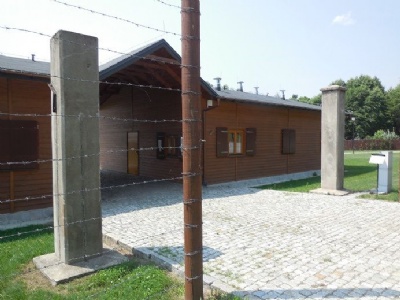

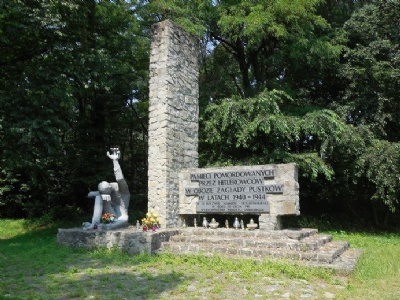
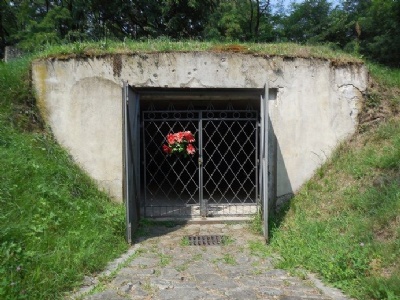
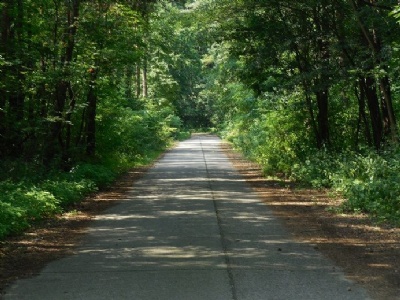
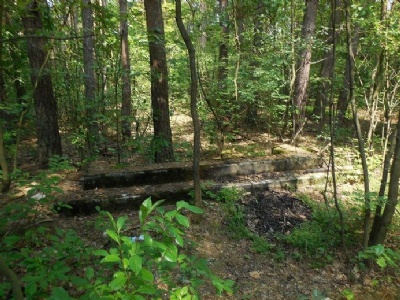
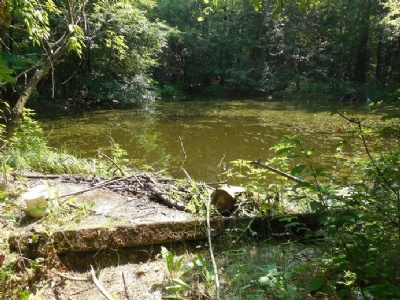
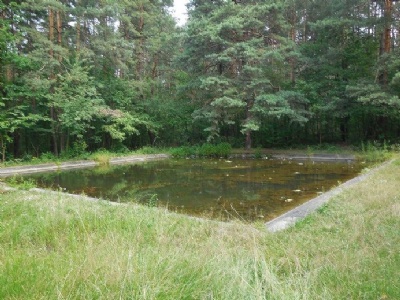

A small part of the prison camp has been reconstructed where replicas of a barrack from the military training area and a barrack from the prison camp has been built. Both barracks contains interesting recreated environments and exhibitions about the SS-Truppenubungsplatz Heidelager and the prison camp. Unfortunately, everything is in Polish. The only thing that remains are two gate posts at the former camp entrance. Just outside the museum is Gora smierci (mountain of death) where prisoners were executed or imprisoned in a bunker at the site. Nowadays, there are several memorials along a path that can be visited, including the bunker. At the ring roads the barracks and buildings are long gone, but new houses have been built, albeit in much smaller numbers than before.
In the forest, there are still some ruins and foundations left of buildings which was part of the camp. There are also several water reservoirs that now serve as homes for both frogs and fishes. Problem is that everything is in the forest and not easy to find. At the entrance to each ring road there is an information board. The camp commandantur also remains but now belongs to a company. As a whole, the museum, Gora smierci and the ring roads are interesting places to visit and can easily combined with the nearby Blizna.